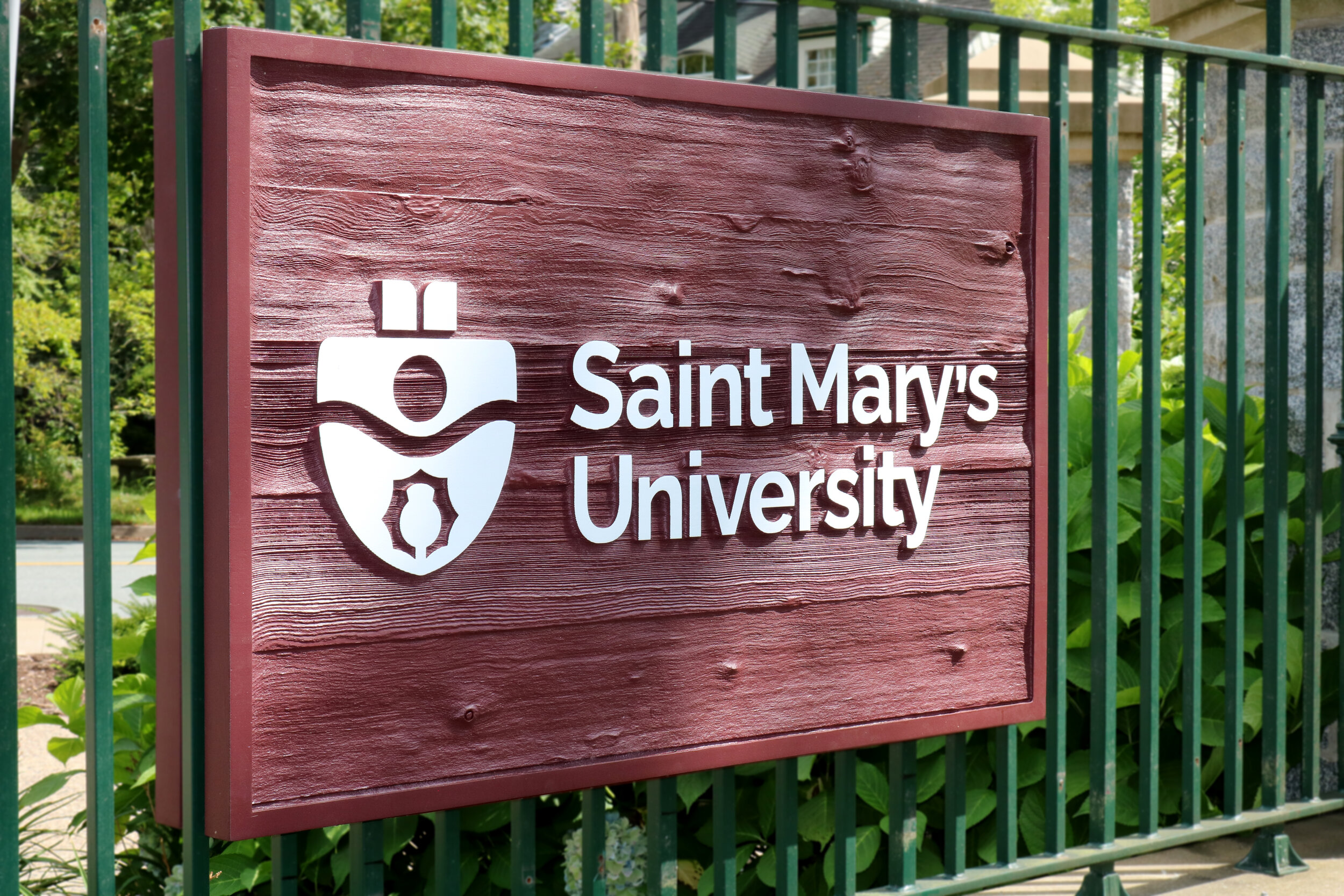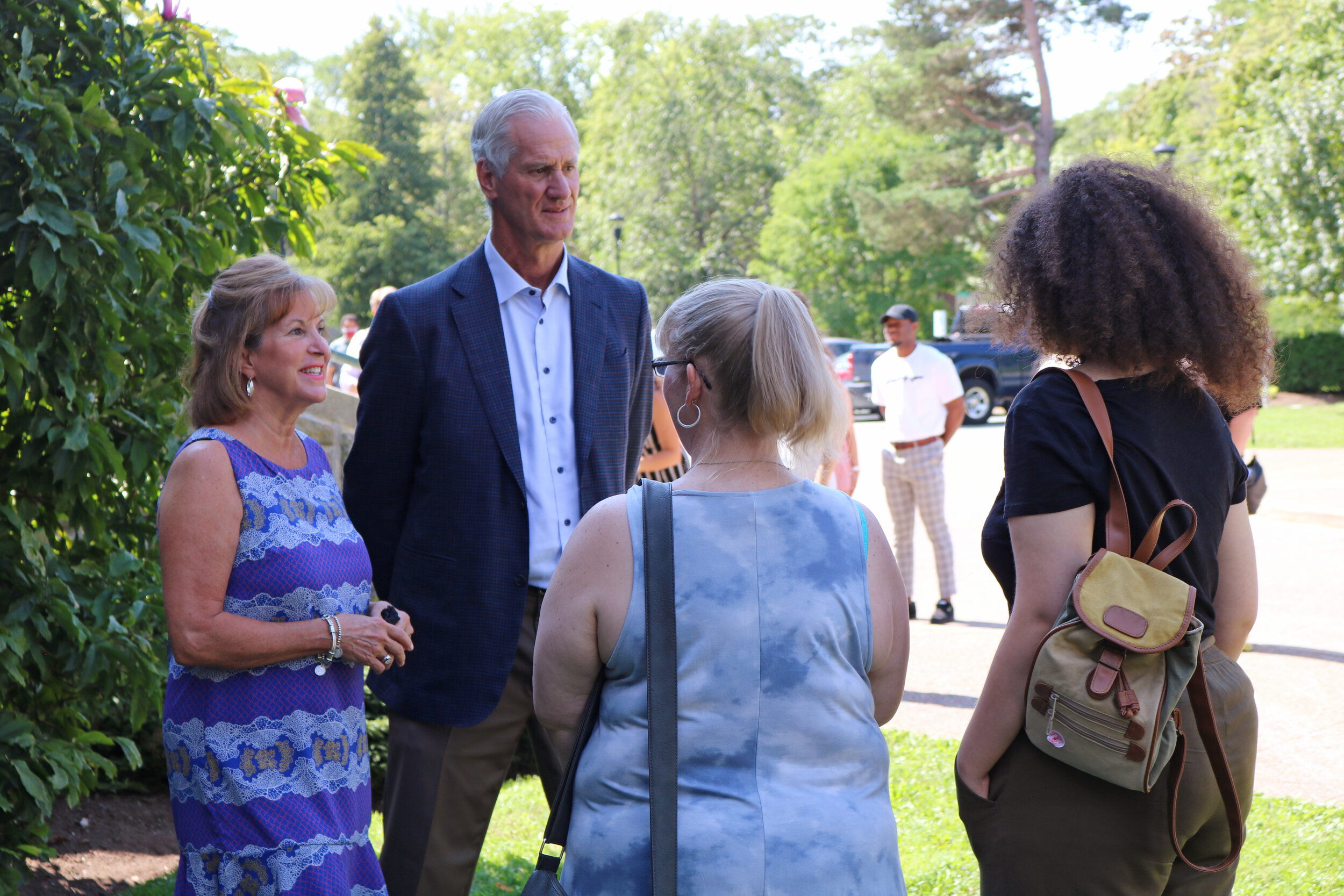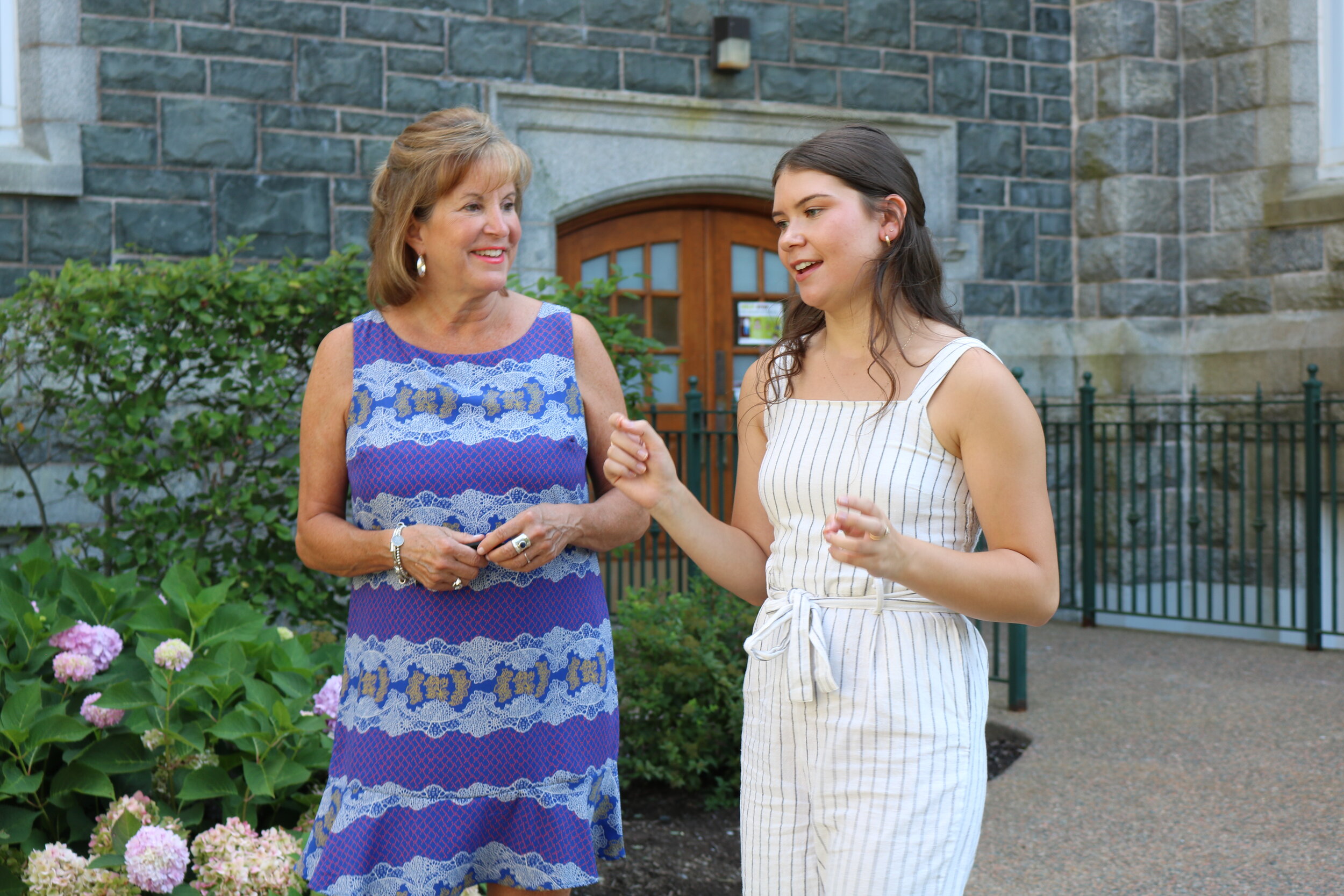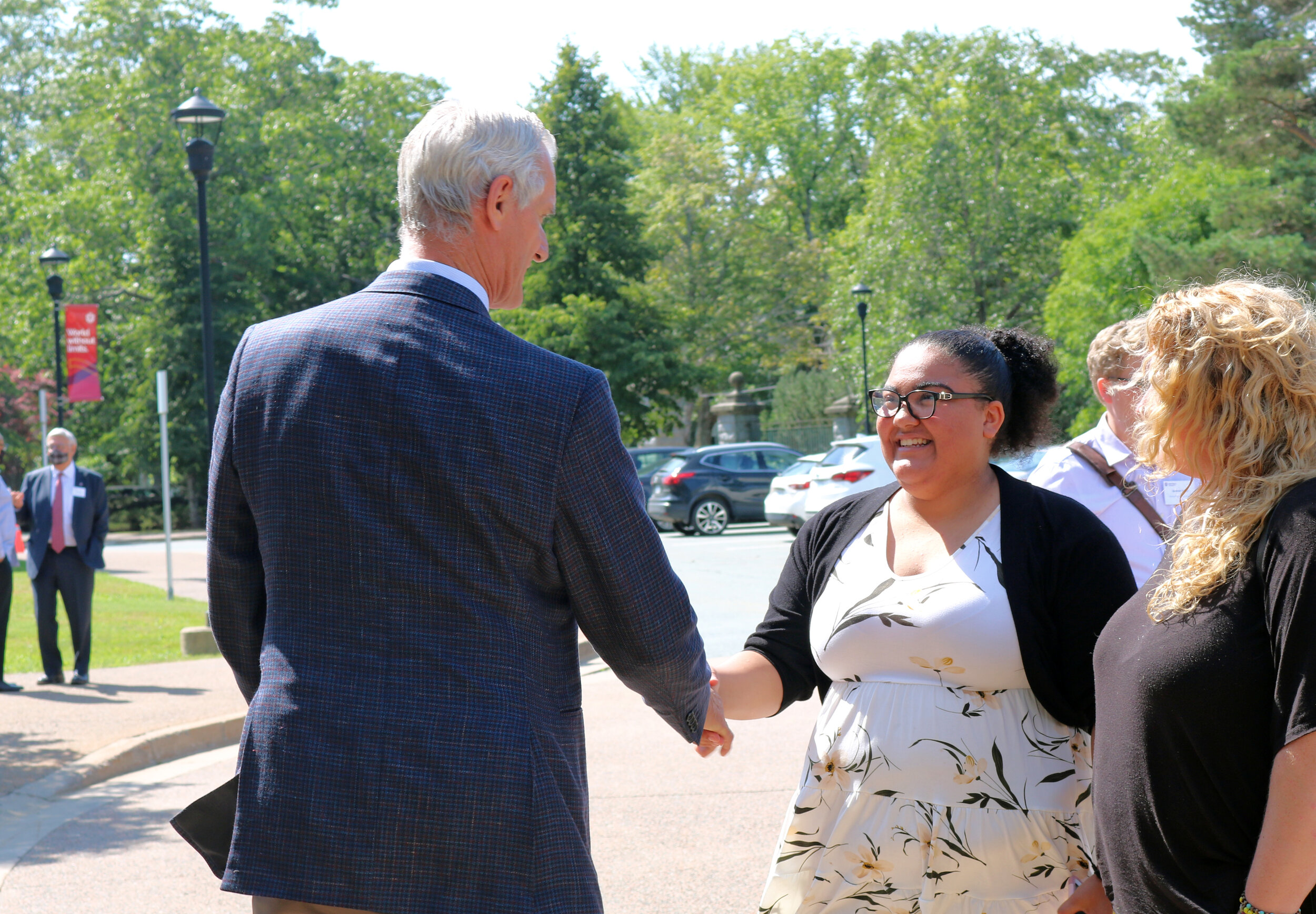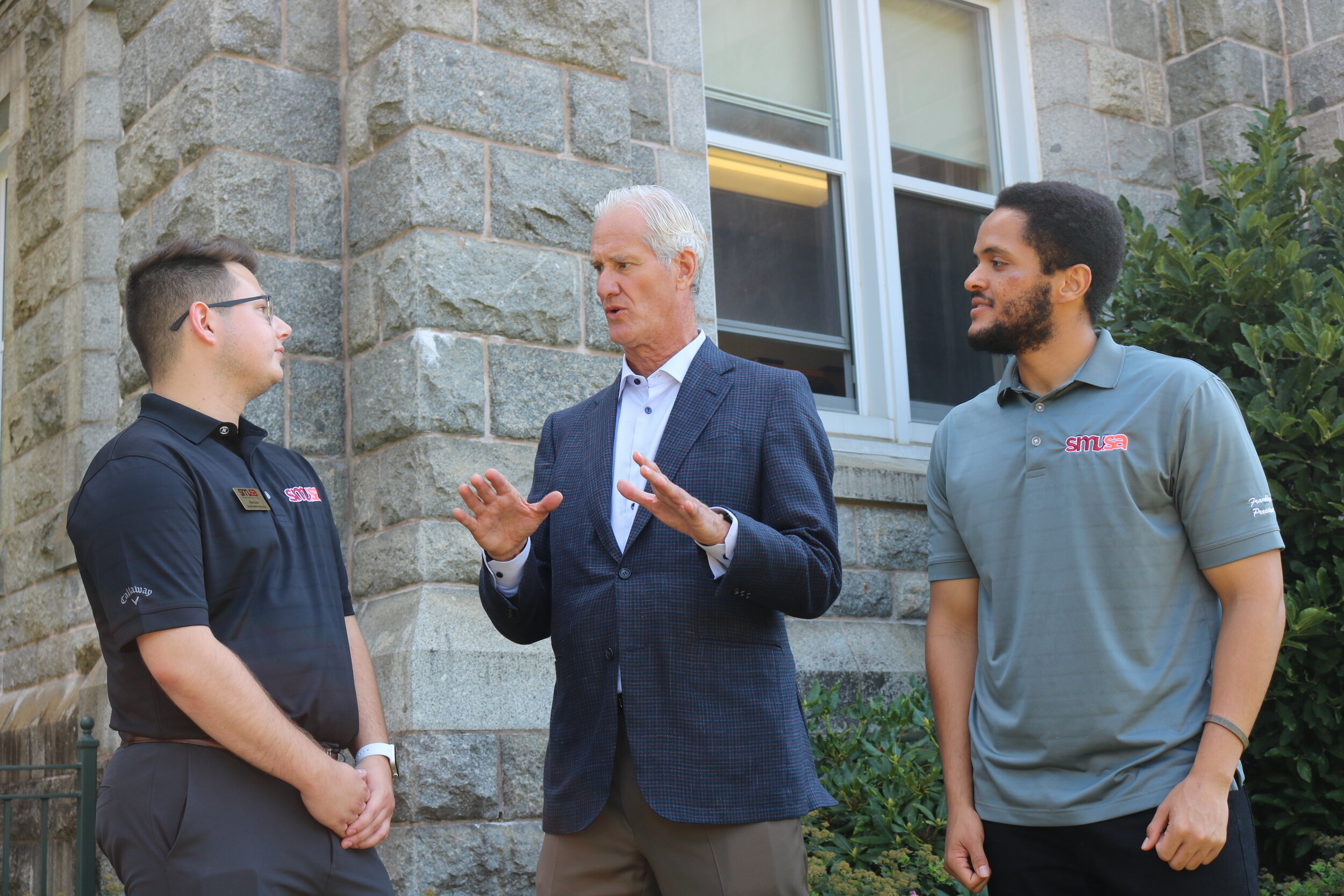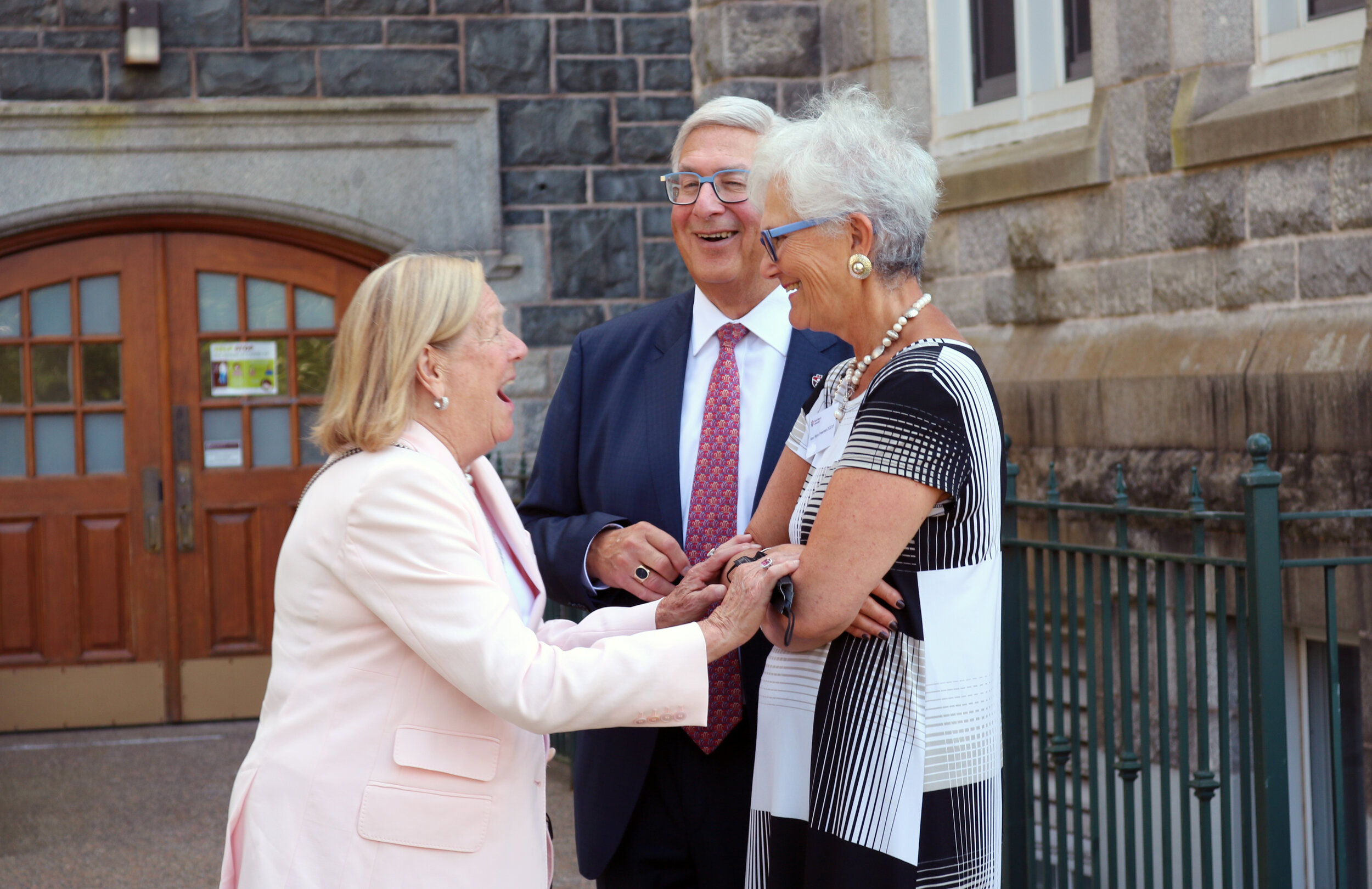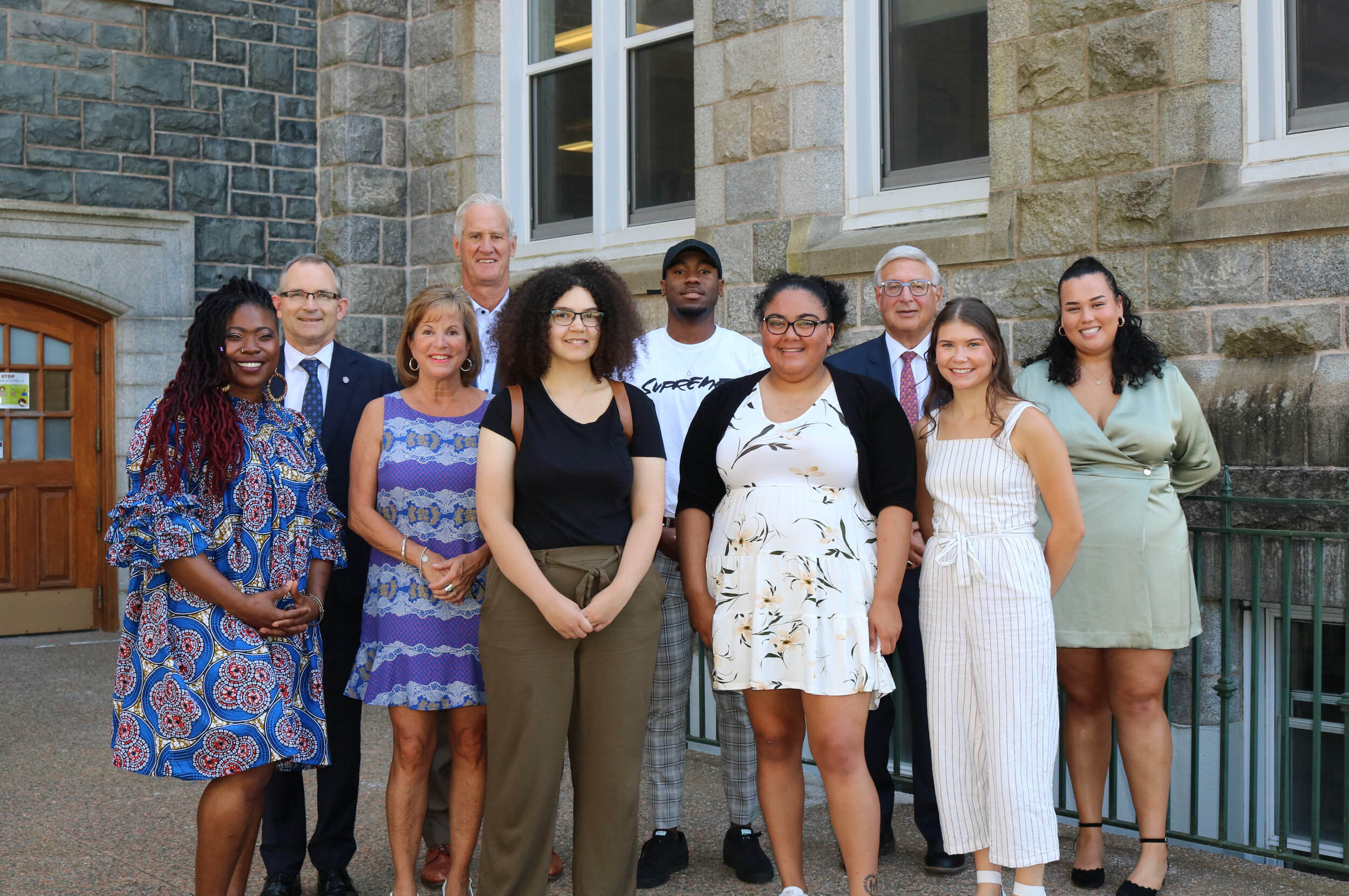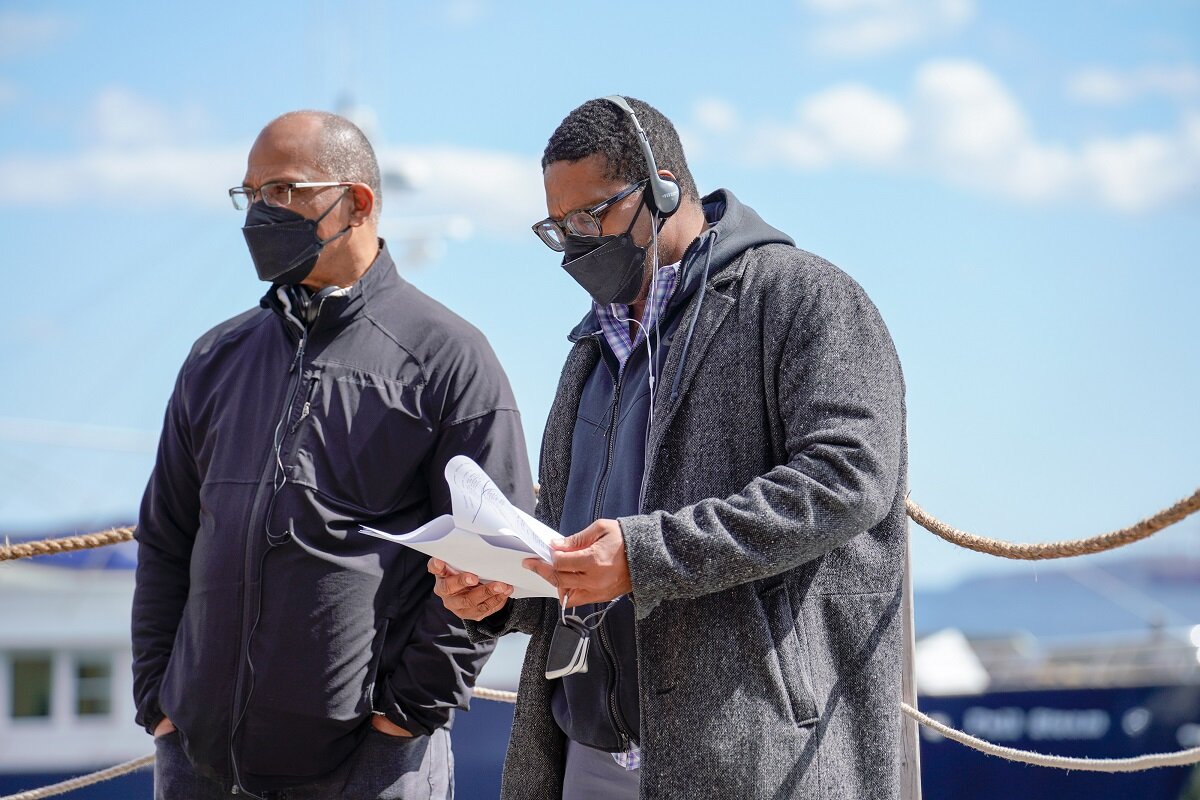Hope for a better world is the inspiration behind the discussion of the global trade system and the fair trade movement in a new book that launched at Saint Mary’s University. Fittingly for a book titled The Fair Trade Handbook: Building a Better World, Together, the Maritime book launch took place on October 1, otherwise known as International Coffee Day.
The first of its kind in Canada, the new handbook is co-edited by Dr. Gavin Fridell of Saint Mary’s, with fair trade advocates Zack Gross and Sean McHugh. The collection of essays brings together 28 fair traders, trade justice activists and scholars who offer insights on the Canadian movement’s common goals of advancing trade justice and South-North solidarity.
Conveying hope and positivity, the book’s title was negotiated carefully, says Dr. Fridell, Canada Research Chair in International Development Studies.
“Between the three of us, we came up with a title that represents the optimism that we think people in the fair trade movement want to convey,” he says. “You want to scathingly criticize the limits of the existing global trade system, but you also want to do it in a way that is hopefully going to open some doors for things to go in a different direction.”
Taking place during SMU Homecoming 2021, the book launch on campus also toasted the 25th anniversary of Nova Scotia’s own Just Us! Coffee cooperative in Grand Pré, which contributed content in the book. Canada’s first fair trade and organic coffee roaster, Just Us! has grown from humble beginnings to become a national leader and role model in the quest for global fair trade.
Joey Pitoello, the company’s general manager, joined Fridell and Dr. Kate Ervine of Saint Mary’s in a panel discussion at the launch, along with Nelson Camilo Melo Maya, who is a coffee farmer in Colombia and chair of the Small Producers Symbol (SPP) Global, who connected virtually.
“One of the neatest chapters in the book is one with Joey and Nelson in dialogue, talking about what we need to do to decolonize trade for farmers in the South,” says Fridell.
The short, accessible chapters are divided into three sections: Fair Trade in an Unfair World, Fair Trade in Action, and Pursuing Global Justice. Fridell and Ervine co-wrote a chapter titled, “Demanding Justice: Can Trade Policy be Fair?” (Find an adaptation of this chapter in the latest Monitor Magazine.)
Coffee is a common theme throughout, as a product that is foundational to fair trade along with bananas, tea and cocoa. Co-op Coffee shares perspectives on its innovative climate change policies, and the book opens with “A Lively Bean that Brightens Lives,” a graphic story tracing the origins of coffee in Ethiopia to the creation of the country’s coffee cooperative.
“I love that chapter! I can’t wait to bring it to my class,” says Fridell, who will be teaching IDST 2401: Fair Trade and Free Trade this winter. In the course, students examine labour, racial, environmental, gender and human rights with a focus on trade justice and social power. Just Us! is a key community partner in Fridell’s classes, with student field trips to the coffee roastery and Pitoello appearing on campus as a guest speaker.
Co-editor McHugh is the founder and executive director of the Canadian Fair Trade Network (CFTN). Fridell sits on its advisory board. Gross is a member of Fairtrade Canada’s Board of Directors, and initially raised the idea of doing a book, during a conversation at one of CFTN’s annual meetings. He partly wanted to showcase the Canadian approach to fair trade, “in the sense that its leaders here tend to be more focused on cooperatives and small business models,” says Fridell.
“I hope we’ve created a book with chapters where you feel really down about the world, and then other chapters where you feel uplifted,” he adds. “Fair traders wear both hats. They wear one hat recognizing how far we are from coffee farmers being properly compensated for all the work and knowledge they put into their coffee. On the other hand, these are also very optimistic people who believe they have to step up and get things done.”
Chapters of the book will also be available online in Spanish. It’s getting positive early reviews, including one from Vandana Shiva, a well-known scholar, ecofeminist and anti-globalization author. She says the book “reminds us that unfair trade falsely called ‘free trade’ has its roots in colonialism. Trade driven by limitless corporate greed is at the roots of the multiple crises we face – diseases, climate change, extinction, injustice and inequality.” The authors show that “fair trade is a movement for decolonization. It is based on solidarity, not exploitation. It puts people and planet before profits. It is creating a liveable and just world for all,” she adds.
Watch a video of the Maritime launch event for The Fair Trade Handbook, held Oct. 1 at Saint Mary’s (skip ahead to 16 minute mark). Fernwood Publishing also hosted a virtual book launch on September 29, available for viewing on YouTube.





















